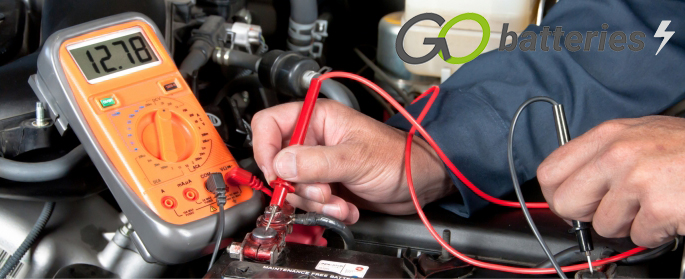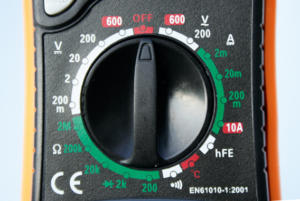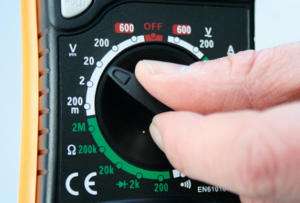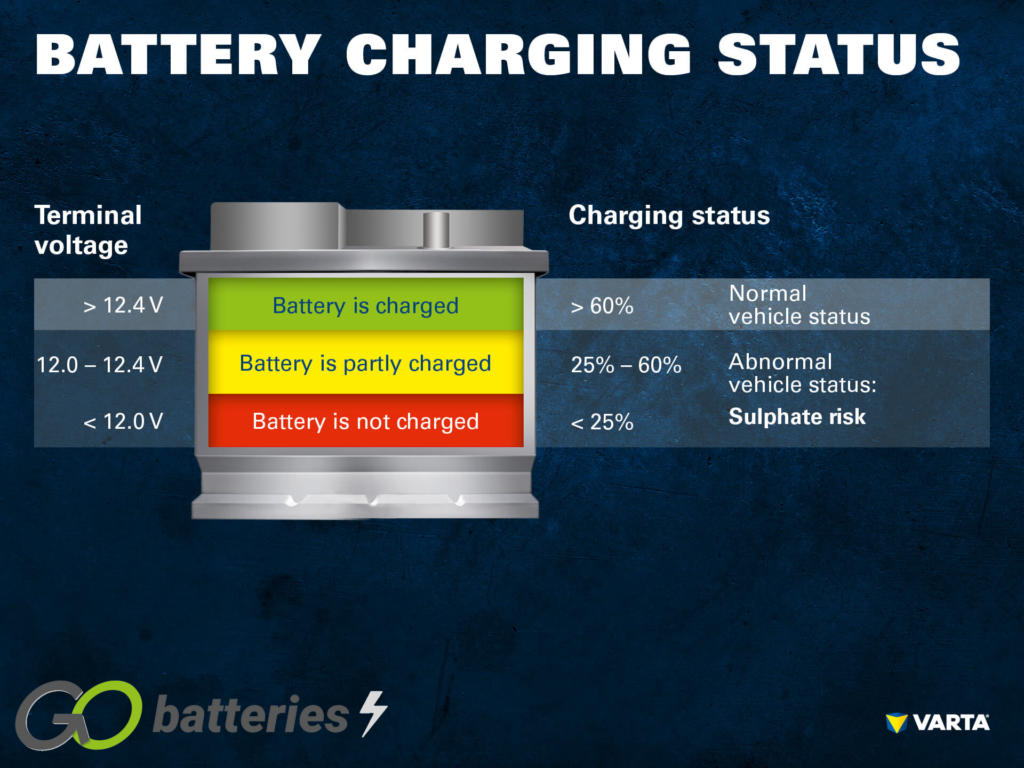
How To Check and Test a Jet Ski Battery
It is always good practice to check the level of charge and general condition of your jet ski battery. Here we will help you understand how to check the charge in your jet ski battery using a multi-meter or voltmeter and what other helpful checks you can carry out.
How Many Volts Should a Jet Ski Battery Have?
A good healthy jet ski battery should register around 12.6 to 12.7 volts. Due to the way batteries discharge it’s very important that you test the battery after it has been sitting (not running) for at least an hour, in order to get the resting voltage of the battery. Testing the battery just after use will give an inaccurate reading! The best option would be to leave your jet ski overnight and test the battery the next morning before using it, this would accurately gauge the health of your battery.
Locate your battery, usually this is under the seat in the engine bay but if it’s not obvious then consult the owner’s manual. Due to the way most jet ski batteries are positioned it might be easier to check the battery by removing the battery. In most cases you will find rubber caps on the terminals helping protecting them the elements, you will find the red cap on the positive (+) terminal and a black cap on the negative(-) terminal. Pull these back and this will give you direct access to the terminals.
Once both the battery terminals are exposed be extremely careful not touch both of the terminals with anything metal, this will cause a short circuit!

How To Test a Jet Ski Battery With a Multimeter
You will first want to make sure you have your multi-meter (also known as a digital voltmeter) correctly to measure DC voltage, this is indicated with a dashed line and a solid line and above a letter V. You need to have the dial set to 20 which will accurately measure between 0-20 volts. If the reading blinks when it’s not attached to anything, you may need to replace the multi-meter’s internal battery.


Take the red probe and place this on the positive terminal of the battery, the positive terminal is usually marked red and carries a + symbol. Taking the black probe and likewise place this on the negative terminal of the battery, the negative terminal of the battery is usually marked black and carries a – symbol. The reading for a fully charged battery should read between 12.6 and 12.7 volts, some AGM batteries can be 12.8 volts, if you have a reading which is showing -12.6 or -12.7 then you have the probes the wrong way round.
As mentioned previously, a fully charged battery is 12.6 to 12.7 volts and the resting voltage, ideally should be no lower than this. But how does that help us define a half charged or even flat battery? A rule of thumb is that a battery reading 12.4 volts is half charged and a battery reading of 12.2 volts is flat, there are occasions where a jet ski may start at 12.2 volts but this would be rare and you are at a dangerous level where your jet ski will suddenly not start! This is something to avoid at all costs as having a jet ski not start once you are out on the water can bring many problems, and potentially place you in danger. Below 12 volts is classed as discharged and the lower the voltage drops is deep discharge and sulphation will occur.
Some modern jet ski’s may experience a power drain if the starting key is left in position, be sure that the key is removed when you have stopped the engine.
It is good practice to regularly check the charge in your battery, if you find the battery requires charging then place it on charge with the appropriate battery charger and then test the battery after resting the battery overnight. If you are planning on storing the jet ski you can either disconnect the battery, or remove it entirely.

How To Test The Charging System With a Multimeter
It’s important to mention that your jet ski does have a charging system but it uses a stator instead of an alternator as you find in cars. A jet ski charging system can’t fully charge the battery in a jet ski, but instead can only maintain the current charge in your battery. This means if you start your ride out with a weak battery, you can’t expect the jet ski to fully charge your battery. This is why it’s vital you keep a close eye on your battery’s condition and state of charge!
Even if you can start the engine with a weak battery, the best thing you can do is delay your trip out and charge the battery. A battery in a low state of charge can leave you stranded, which can be dangerous on the water!
If we look at the charging system on a jet ski, you’ll see two main parts, the stator and the flywheel. What is a stator? The stator is the main part of the jet ski’s charging system, this basically means there are many electromagnetic coils which generate electricity for the jet ski. The power generated is used in two main areas, supplying the ignition system and charging the battery.
In order to check the charging system on your jet ski, take the red positive probe of your multi-meter and place this on the positive terminal of the battery. Place the black negative probe on the negative terminal of the battery. Start your jet ski, a healthy charging system should give the results of between 13.6 volts and 14.4 volts at idle tick over.
If you have a reading below 13.6 volts then the charging system isn’t supplying the power required in order to keep the electrical systems running and your battery charged. This is where a resulting flat or discharged battery can occur and simply replacing the battery will not cure the problem. Similarly, having a reading above 14.4 volts is over-charging the battery and effectively cooking it, which in turn will boil away the electrolyte. Whether your charging system is under-charging or over-charging, either will great reduce the battery life and being on the water with a charging system in this state can leave you stranded, which can be dangerous on the water. Seek a professional to investigate and remedy the issue.

















